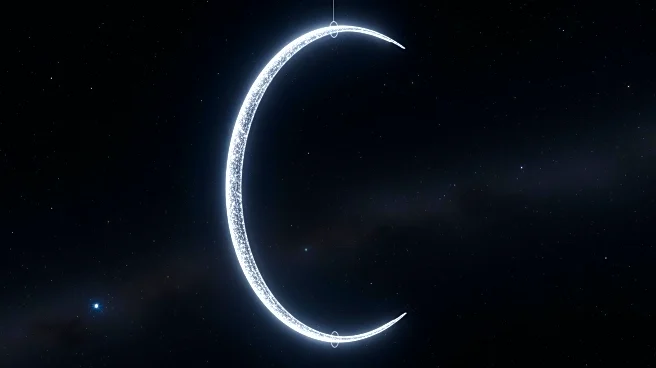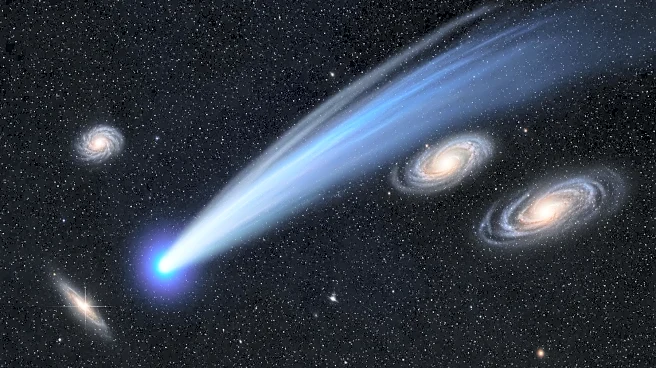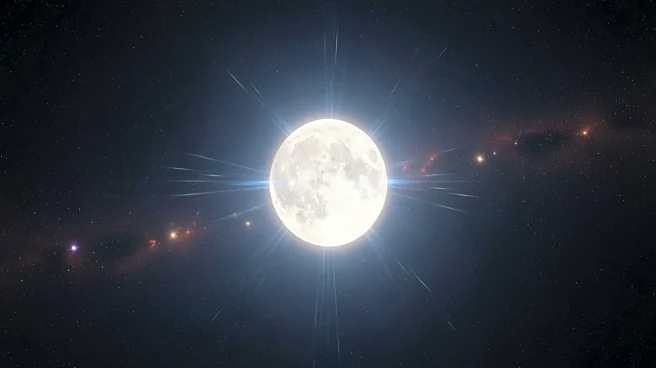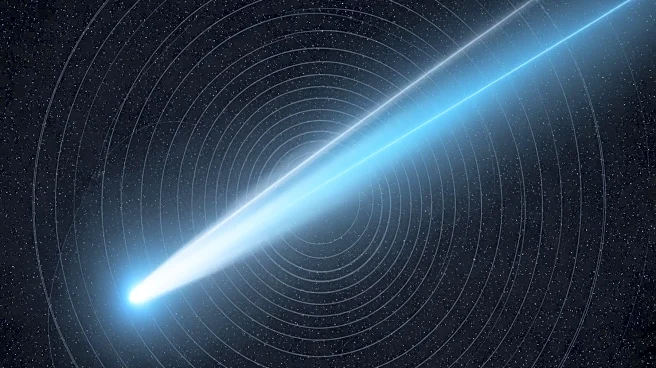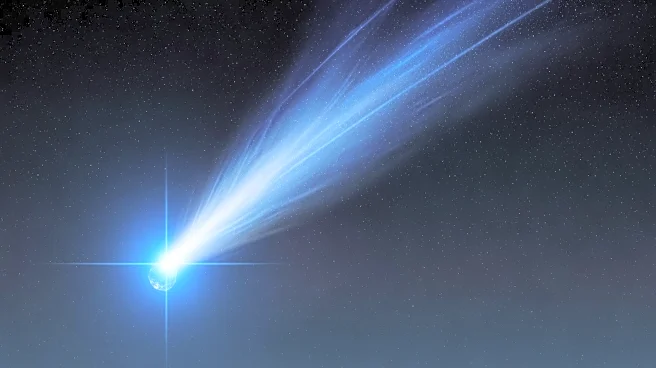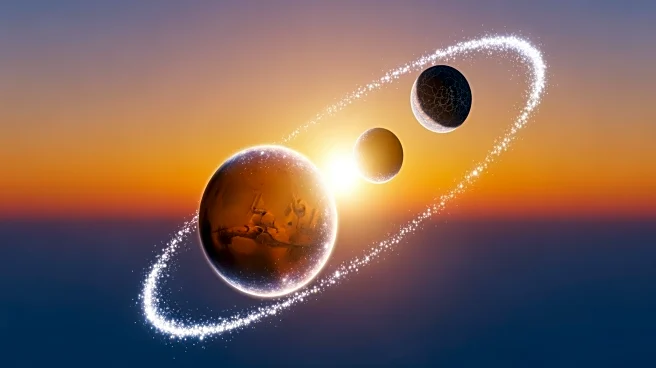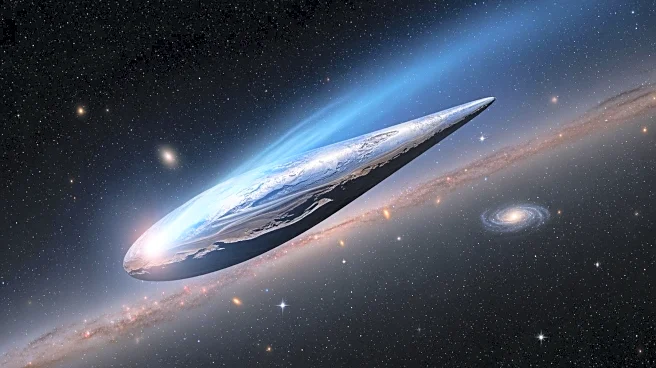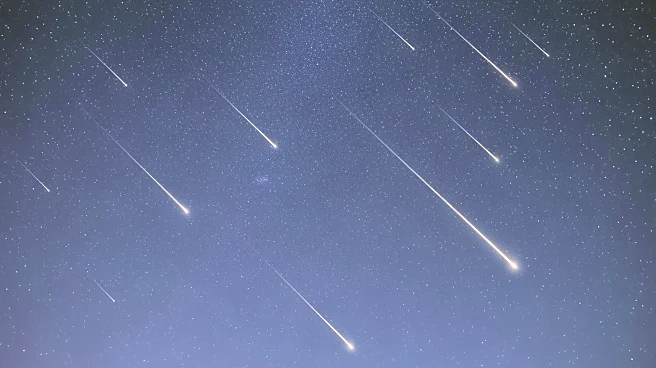What's Happening?
Saturn's rings are currently at their thinnest, providing a rare opportunity for astronomers and enthusiasts to observe the planet's fainter moons. This phenomenon occurs due to the orbital motion of Saturn and the changing
view from Earth, which causes the rings to appear edge-on. The rings, which are only about 10 meters thick, scatter light into the sky, making it challenging to see the moons. However, by keeping Saturn just outside the field of view or using an occulting bar, observers can hunt for these dim celestial bodies. The best time to view this spectacle is in the coming weeks, with specific dates provided for observing the moons Mimas and Hyperion at their greatest elongations.
Why It's Important?
This event is significant for astronomers and space enthusiasts as it offers a unique chance to study Saturn's moons, which are usually obscured by the planet's bright rings. Observing these moons can provide insights into their composition and behavior, contributing to our understanding of the Saturnian system. Additionally, the event highlights the dynamic nature of planetary systems and the importance of timing in astronomical observations. It also underscores the role of amateur astronomers in capturing and sharing celestial phenomena, enriching the scientific community's knowledge.
What's Next?
Observers are encouraged to take advantage of this rare viewing opportunity in the coming weeks. The specific dates for observing the moons at their greatest elongations are provided, allowing enthusiasts to plan their observations. As the rings continue to open until 2032, astronomers will have more opportunities to study Saturn's system in greater detail. This event may also inspire further research and exploration of Saturn's moons, potentially leading to new discoveries about their characteristics and interactions with the planet.
Beyond the Headlines
The thinning of Saturn's rings offers a glimpse into the intricate dynamics of planetary systems. It raises questions about the long-term evolution of Saturn's rings and their impact on the planet's moons. The event also highlights the importance of technological advancements in telescopes and imaging techniques, which enable detailed observations of distant celestial bodies. As interest in space exploration grows, events like this can inspire future generations to pursue careers in astronomy and contribute to our understanding of the universe.


